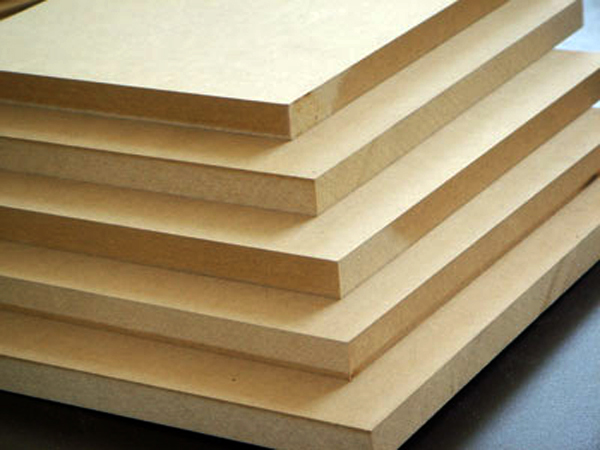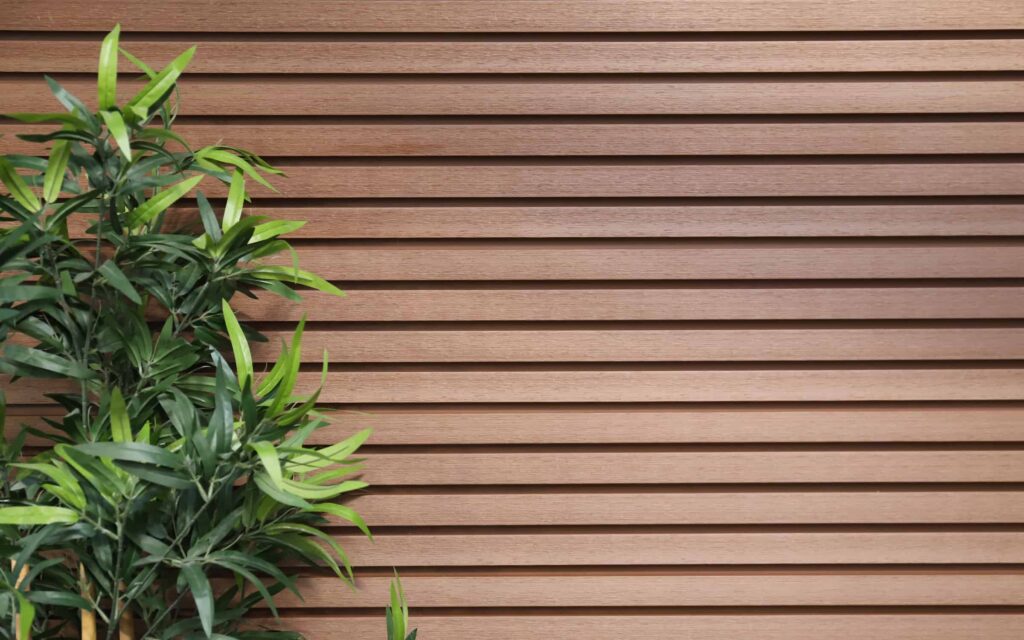As environmental concerns continue to shape our world, industries are called upon to reevaluate their practices and materials. In architecture and construction, the shift towards eco-friendliness is taking center stage, giving rise to innovative solutions that prioritize sustainability without compromising performance. Eco-friendly composite materials are at the forefront of this movement, offering a harmonious blend of strength, aesthetics, and environmental responsibility. In this comprehensive blog, we delve into the realm of eco-friendly composite materials, uncovering their attributes, applications, and the transformative impact they bring to the world of design and construction.
1. The Drive Towards Sustainability: A Global Imperative: Eco-Friendly Composite Materials
Eco-friendly composite materials are born from the necessity to reduce carbon footprints and minimize waste. These materials are carefully designed to use recycled or renewable resources, reducing the strain on the environment and promoting circular economy principles.
2. Biodegradable Composite Materials: Embracing Nature’s Cycle:
Biodegradable composite materials are engineered to decompose naturally over time, returning to the earth without leaving a lasting impact. These materials are ideal for temporary structures, packaging, and applications where disposability is key.
3. Recycled Content Composites: Breathing New Life into Waste:

Recycled content composites use materials such as recycled plastics, wood fibers, or industrial waste to create new composite materials. This reduces the demand for virgin resources and diverts waste from landfills.
4. Hemp-Based Composites: Harnessing Nature’s Versatility:
Hemp-based composites utilize hemp fibers as reinforcement materials. Hemp is a fast-growing and renewable resource that requires minimal water and pesticides. These composites are used in automotive parts, furniture, and even building materials.
5. Bio-Based Resins: Redefining Binders for Composites:
Traditional composite materials often use petroleum-based resins. Bio-based resins, on the other hand, are derived from renewable resources like soy, corn, or algae. These resins reduce the carbon footprint of composites and are compatible with various reinforcement fibers.
6. Flax-Based Composites: Integrating Agriculture with Architecture:
Flax-based composites use flax fibers as reinforcement. Flax is a natural fiber that requires fewer chemicals and energy to produce compared to traditional fibers like fiberglass. These composites find applications in automotive, aerospace, and even construction.
7. Low-Emission Manufacturing: The Holistic Approach:
Eco-friendly composite materials not only focus on the end product but also emphasize sustainable manufacturing practices. Low-energy processes, reduced emissions, and efficient resource utilization contribute to their eco-friendliness.
8. Energy Efficiency and Insulation: The Green Building Advantage:
Some eco-friendly composite materials offer inherent energy efficiency and insulation properties. These materials contribute to creating more sustainable and energy-efficient buildings, reducing the overall environmental impact.
9. Durability and Longevity: A Testament to Sustainable Design:
Eco-friendly composite materials are engineered to be durable and long-lasting, minimizing the need for frequent replacements. This longevity aligns with sustainable design principles that prioritize resource conservation.
10. Aesthetic Versatility: From Nature to Architecture:
Eco-friendly composite materials are available in a wide range of designs, finishes, and textures. Architects and designers can harness their aesthetic versatility to create stunning and sustainable structures.
11. Collaborative Innovation: Shaping the Future Together:
The journey towards more eco-friendly composite materials is a collaborative effort involving researchers, manufacturers, architects, and consumers. By supporting and adopting these materials, we collectively shape a more sustainable future.
12. The Promise of Progress: Redefining the Landscape:
Eco-friendly composite materials signify a paradigm shift in how we approach design and construction. These materials are not just alternatives; they are agents of change that challenge the conventional and redefine what’s possible.
What is eco composite material?
Biocomposite materials are a hybrid of a reinforcement material made of natural fibers (plants or from cellulose derivatives) and a matrix material (resin). The resin is generally a polymer matrix made of either renewable or non-renewable resources.
Are composites eco-friendly?
If you use composite material or provide green processes you are helping the future. If you buy green composite materials you also help the environment stay healthy. The answer to being a part of the environment’s future lies in each of us. Eco-friendly composite materials are one way we can give to the environment.
What is called eco-friendly material?
Eco-friendly items and materials are defined as being not environmentally harmful. These products promote green living or green manufacturing methods that lessen the amount or types of resources used. In short, eco-friendly products help the earth, not cause it harm.
Why are composites good for the environment?
Composites play an important role in driving decarbonisation through: light-weighting to improve fuel economy and reduce emissions. manufacturing higher performance products. increasing product lifespans by decades through corrosion resistance and durability.
Eco-friendly composite materials stand as beacons of hope in a world seeking sustainable solutions. Their attributes extend beyond strength and aesthetics, embodying the ethos of responsible stewardship of our planet. By embracing these materials, architects, builders, and consumers contribute to a transformation that resonates across industries, fostering innovation and redefining the very essence of design and construction.







